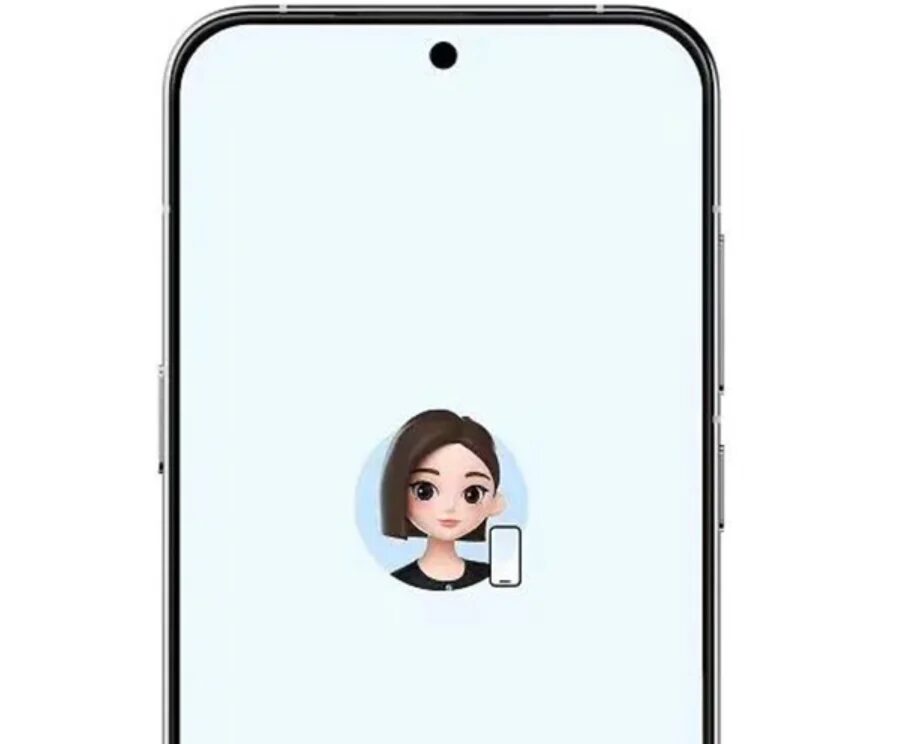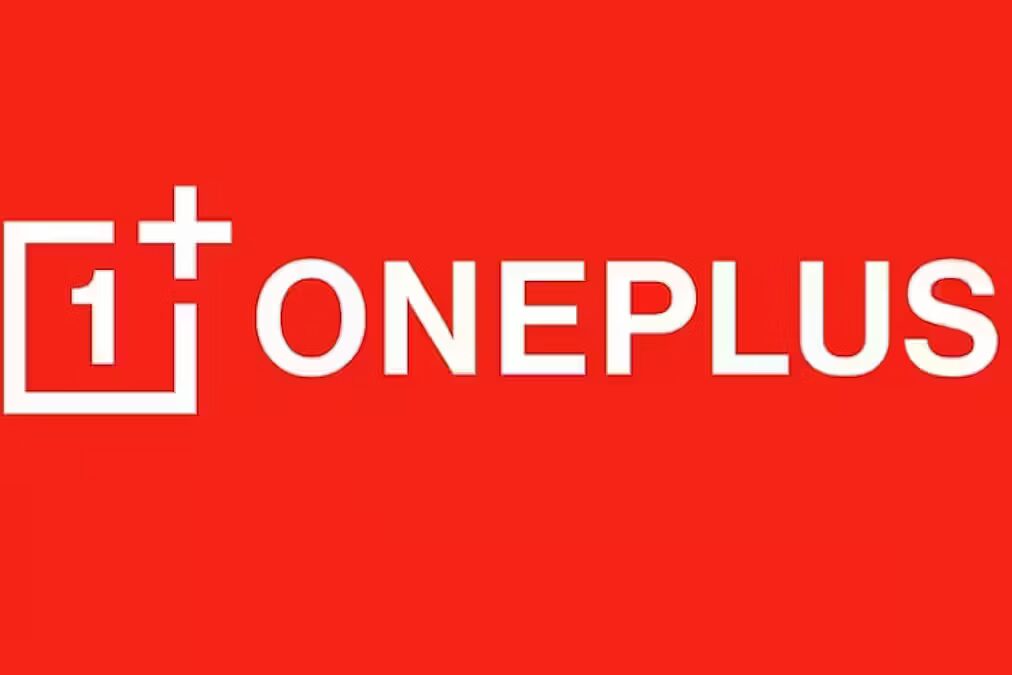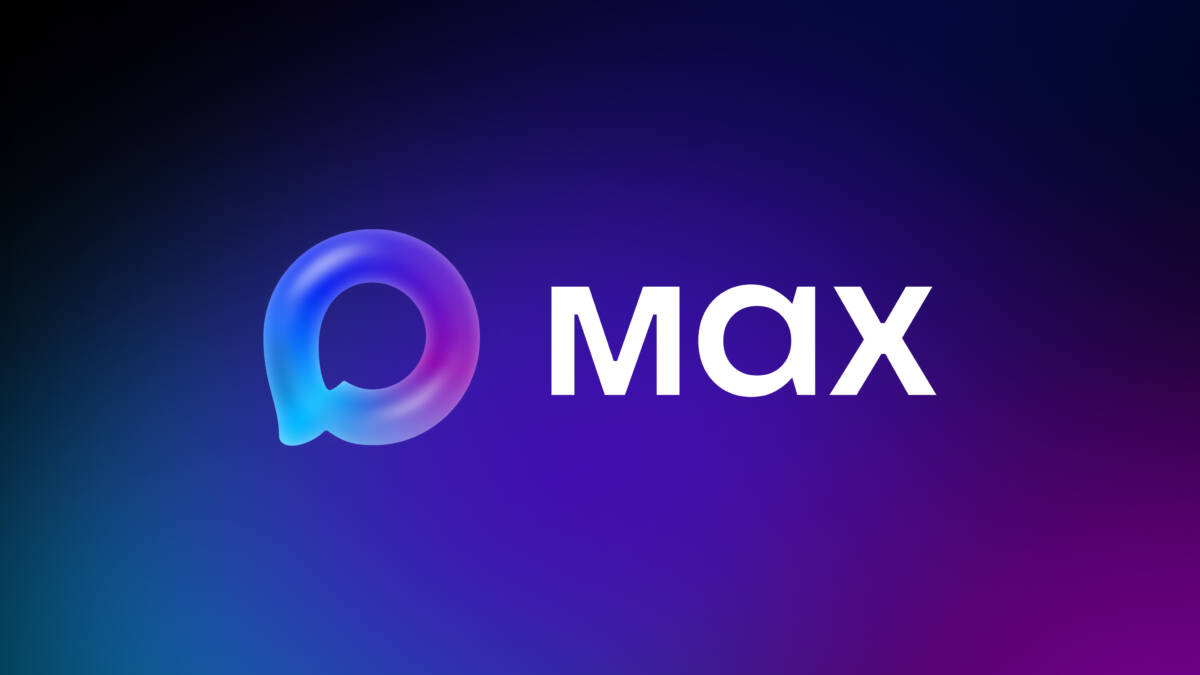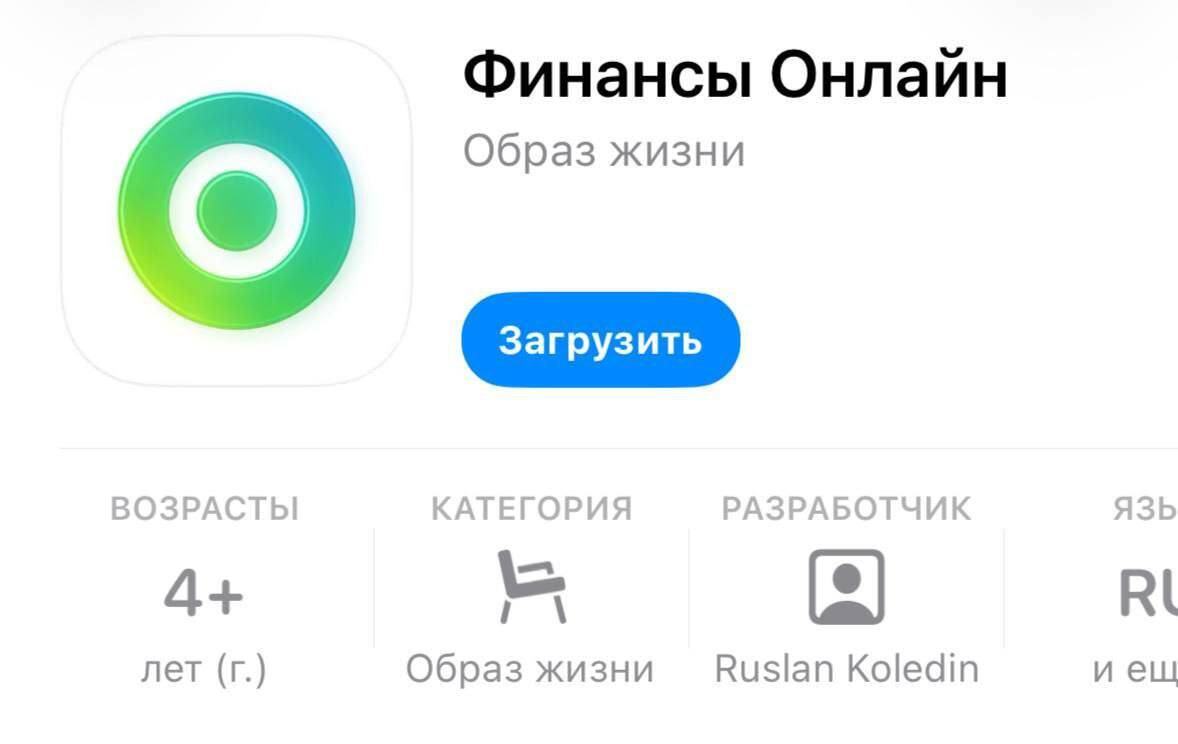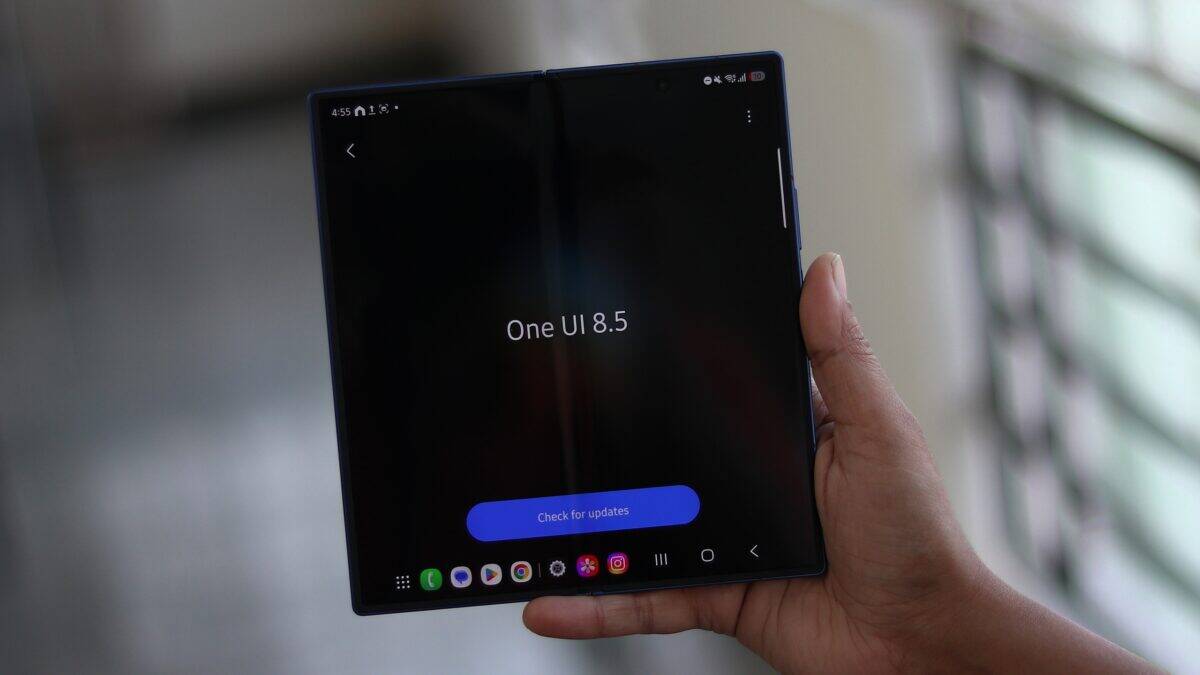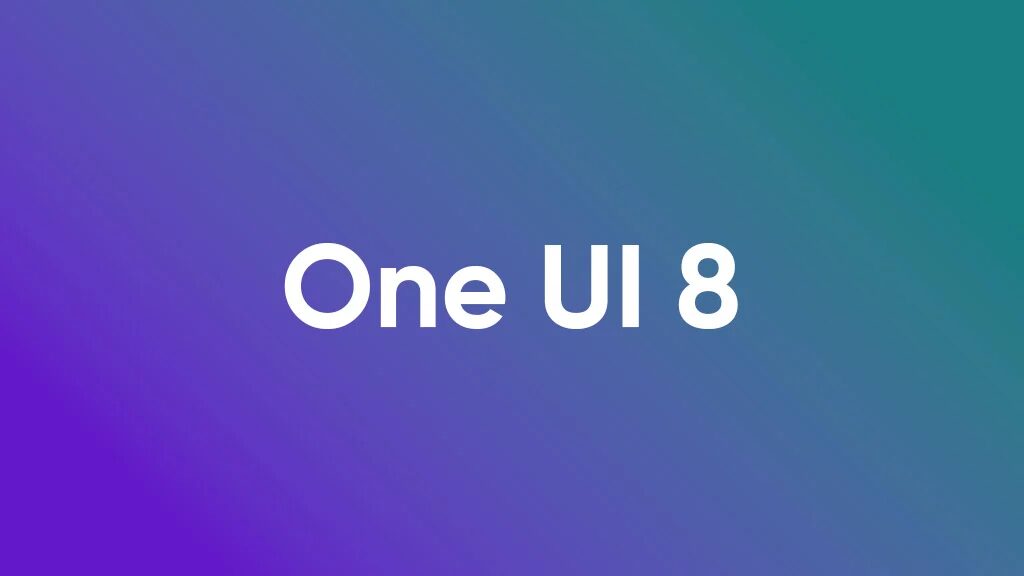Google Bard AI is now available in 180 countries
For the past two months, anyone who wanted to try out Google’s new chatbot AI — Bard — had to first register and join a waiting list before they would be granted access. On Wednesday, the company announced that those days had passed. Bard will drop the waitlist immediately as it becomes available for 180 additional countries. What’s more, this expanded Bard will be built on Google’s latest big language model, PaLM 2, making it more functional than ever before.
Google hastily released the first generation of Bard back in February after OpenAI ChatGPT came out of nowhere. The situation worsened when Bard’s initial results proved less than impressive, especially given Google’s widely recognized status at the forefront of AI development, which damaged both the company’s public image and its profits. Over the past months, the company has worked to further develop PaLM, a language model that essentially supports Bard, allowing it to provide better and more accurate answers as well as new tasks such as generating program code.
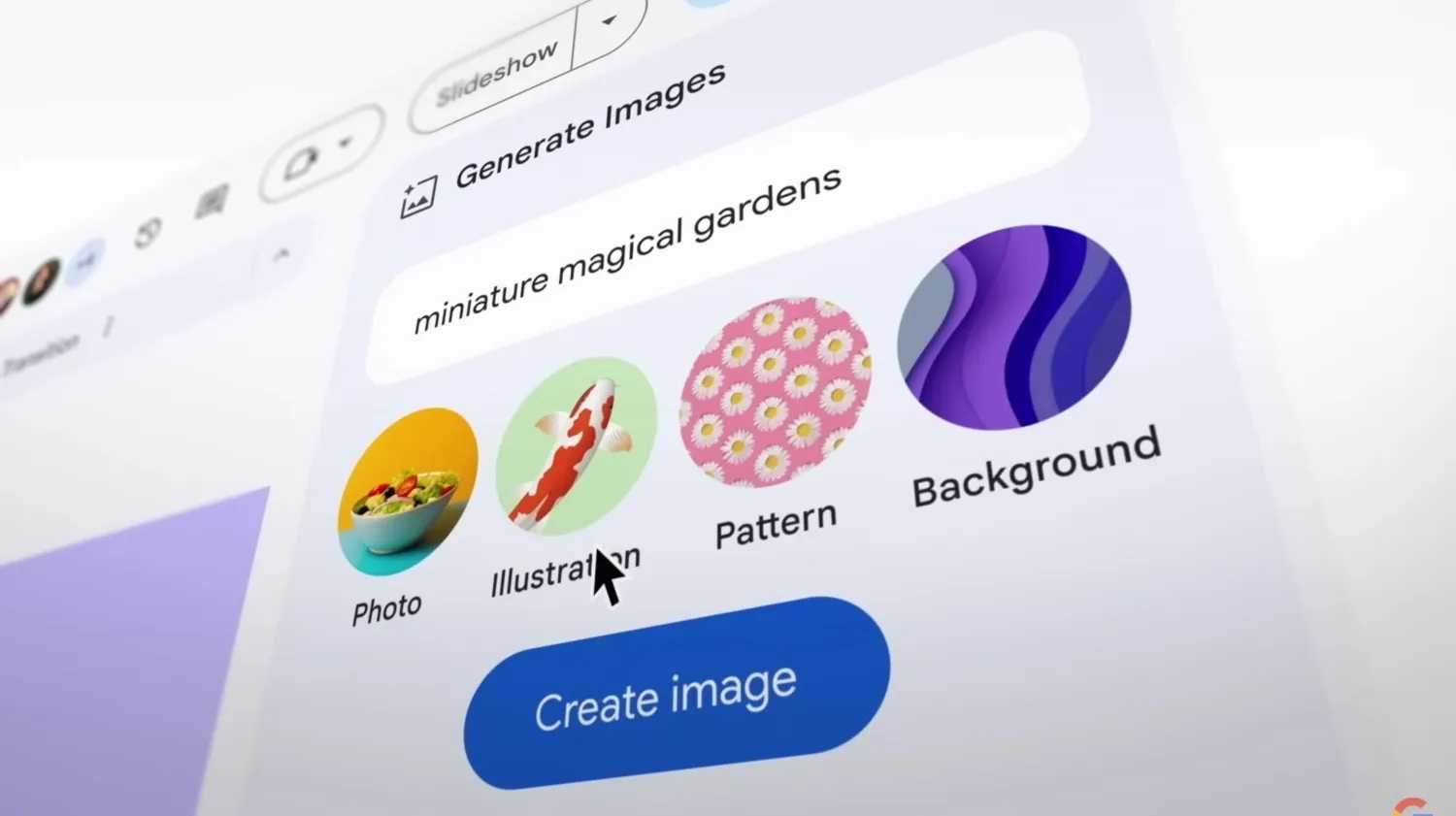
As Google executives announced at the company’s I/O 2023 keynote, Bard has been migrated to the new PaLM 2 platform, so users can expect a host of new features and functionality in the coming days and weeks. Features such as a higher degree of visual responses to your requests, so when you request “must-see attractions” in New Orleans, you will be presented with images of places you would have seen, rather than just a labeled list or text with a description. Conversely, users will be able to more easily enter images into Bard along with their written requests, giving Bard the capabilities of Google Lens.
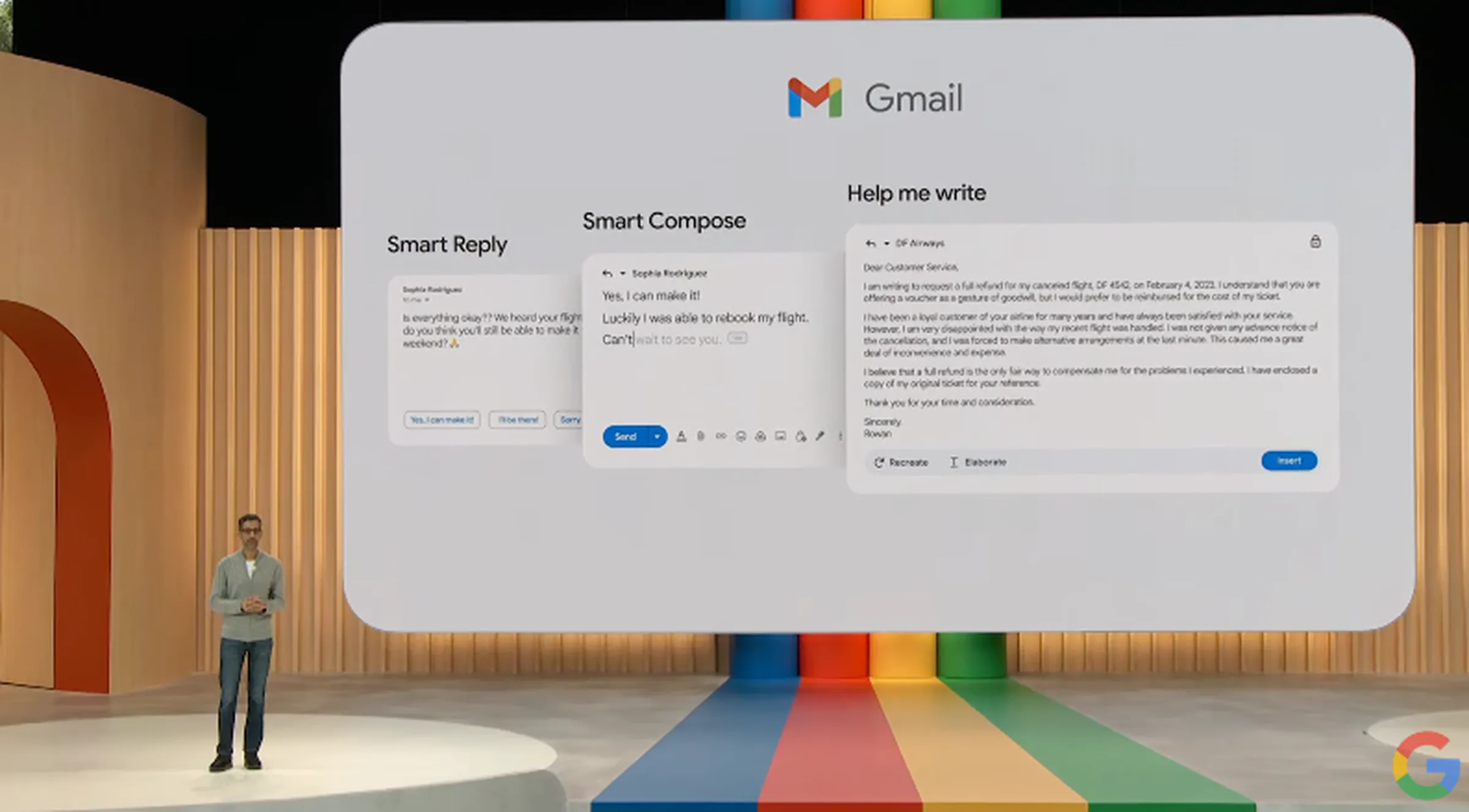
While Google is mixing and matching AI capabilities in its products — 25 new PaLM 2-powered offerings were announced today alone — the company hopes to team up with other industry leaders to expand Bard’s capabilities even further. Google has announced that it is partnering with Adobe to bring its generative Firefly artificial intelligence to Bard as a means of countering Microsoft’s BingChat-DallE2 offering.
In the meantime, Google has announced that it is partnering with Adobe to bring its generative Firefly artificial intelligence to Bard as a means of countering Microsoft’s BingChat-DallE2 offering.
Finally, Google said it will be making a number of changes and updates in response to feedback it has received from the community since launch. By clicking on a line of generated code or chatbot response, Bard will provide a link to the source of that particular bit. A new dark theme will be available. The company is also working on adding an export feature so that users can easily run the generated code in Replit or upload their generated work to Docs or Gmail.
In addition, the company is working on adding an export feature so that users can easily run the generated code in Replit or upload their generated work to Docs or Gmail.


